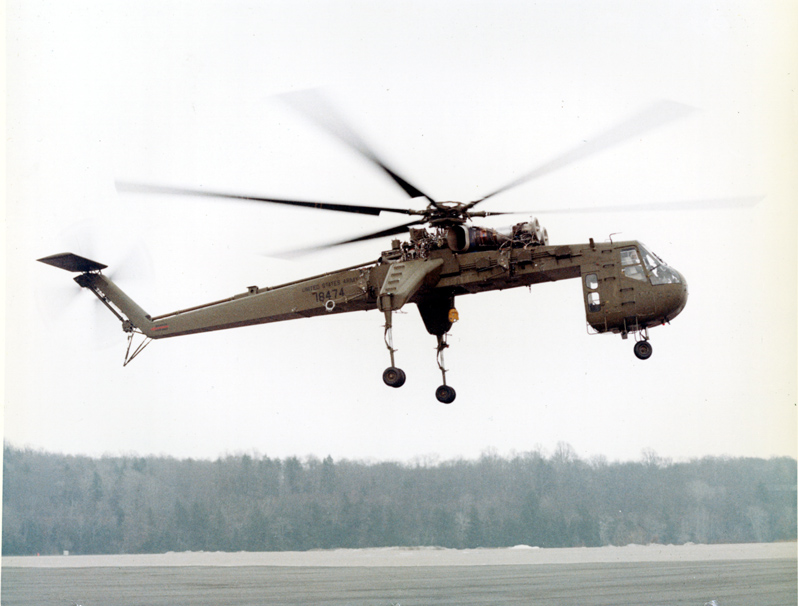"Lake. Still"
Picture a mirror surface, a body of water poured like glass, unmoved and unmoving. Become that lake.
Other times, when you're piqued by anxiety or undisciplined drive, try this:
"Mountain. Solid"
Feel the mountain. Its weight, its composure, its permanence. Sit like that mountain.
I've used both to great effect. In fact, they recently became a mainstay of my practice in a particularly challenging time. So I'm sharing them forward.
In respectful sanghaship I'd also like to contribute a third and similar focusing technique from my own practice. It's a little less placid, a bit harder to assimilate, but in my experience, just as valuable when called for:
"Wind. Wander."
I picture nothing when using this mantra; I just feel the wind inside me. But if a visual is helpful, you might try a leaf or dandelion fluff or even dust.
This came to me while reciting a favourite chant:
In cola ego sum apud te in terra, et peregrinus, sicut omnes patres mei.Unlike the TNH images, mine doesn't bring an immediate sense of calm abiding. But it does contribute crucial perspective, positioning me more accurately in the universe. And in some moments, it's just what I require.
("I am a sojourner before You on this Earth, and I will wander, like all my fathers before me.")
Call it active abiding.
In brotherhood with the nation of seekers.
(Sailplane photo courtesy of Mike Peel and Wikimedia Commons.)








